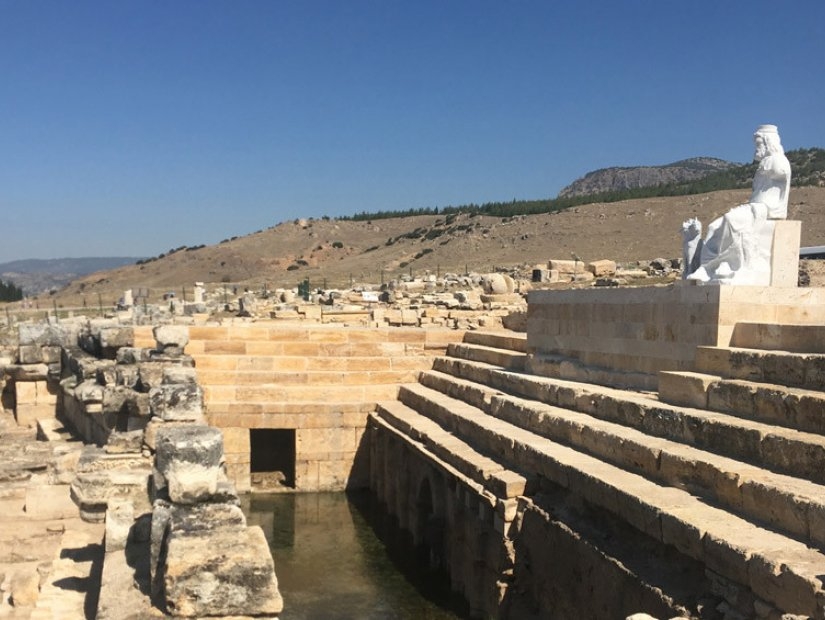Blog
Pluto\'s Gate in Denizli
Pluto\'s Gate in Denizli
Pluto's Gate in Denizli
Although the ancient city of Hierapolis, located in the Pamukkale district of Denizli, was discovered many years ago, it welcomes people with new information every day. The most striking of these discovered things is undoubtedly the Pluto Gate, also known as the Hell Gate. The Pluto Gate, which is also mentioned in the work of the Greek geographer and writer Strobon, is the gateway to hell in the myths. According to mythology, animals were passed through this gate to be sacrificed to Hades, and animals died due to poisonous gases.
Strabon, who visited here about 2000 years ago, wrote in his book, “This place is covered with such a strong fog-like smoke that one can hardly see the ground. Any animal that enters immediately meets death. I sent sparrows inside and they fell with their last breath immediately.”
But what is interesting is that the priests, wondering about hell at night, stuck their heads through this door but did not die. This was thought to be because they had been castrated. Although this is described as something sublime, it certainly had geological reasons.
The hot springs in the city of Hierapolis were thought to have healing powers, but in the crevice that passes under the city, there is a fog containing carbon dioxide. The Pluto gate was built right over this rift. Archaeologists revealed in 2011 that this gate is still deadly, with birds flying close to it dying.
So why did the animals die but the priests of the time did not?
According to volcano biologist Hardy Phanz, the accumulating dangerous gas does less damage as altitude increases. Animals brought in for sacrifice are literally swimming in a lake of carbon dioxide. But the priests did not die both because they were taller and probably because they stood on high stones.
When scientific knowledge merges with mythology and religion, what remains is the wonderful history and story of the Pluto Gate.


